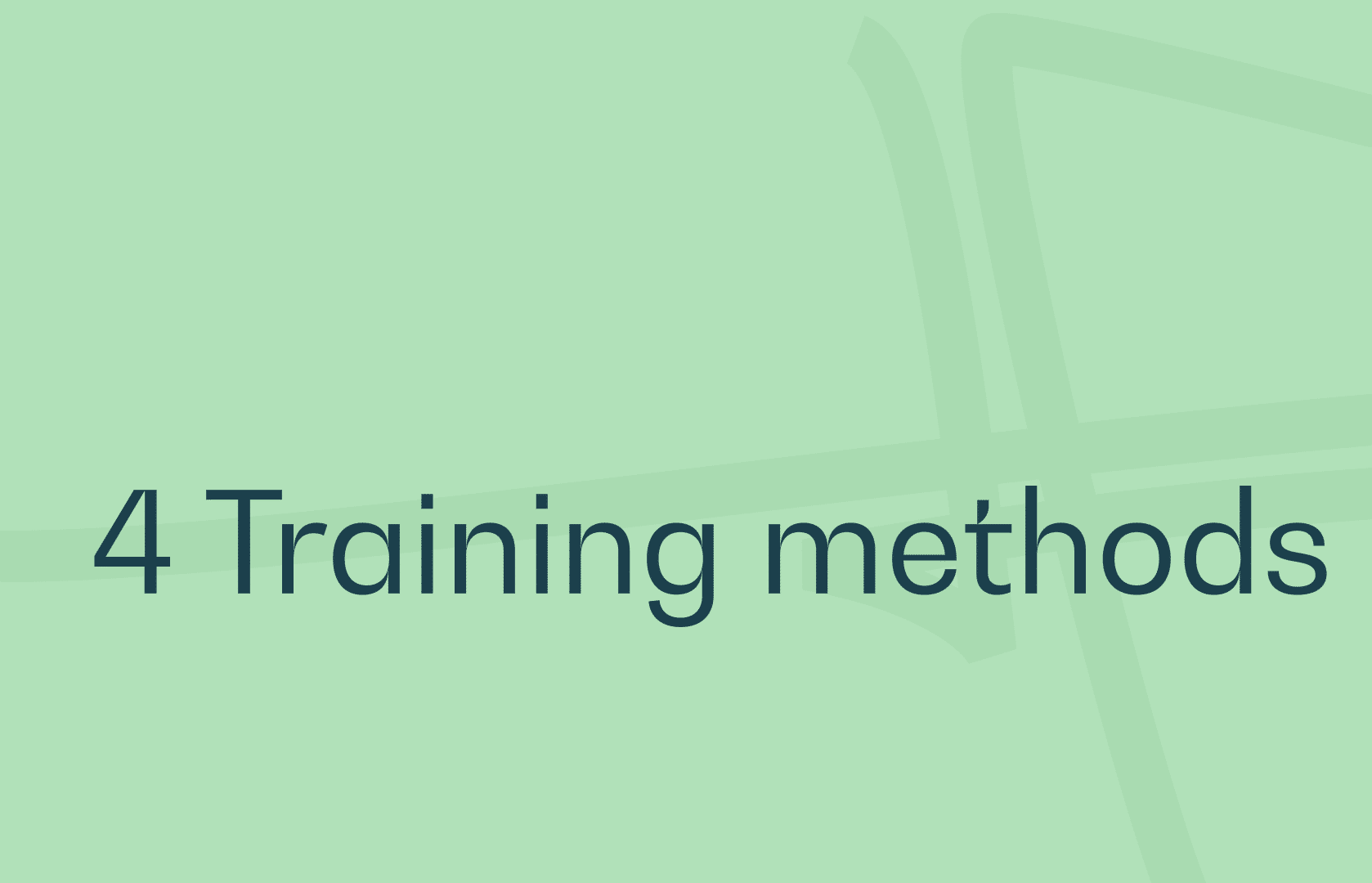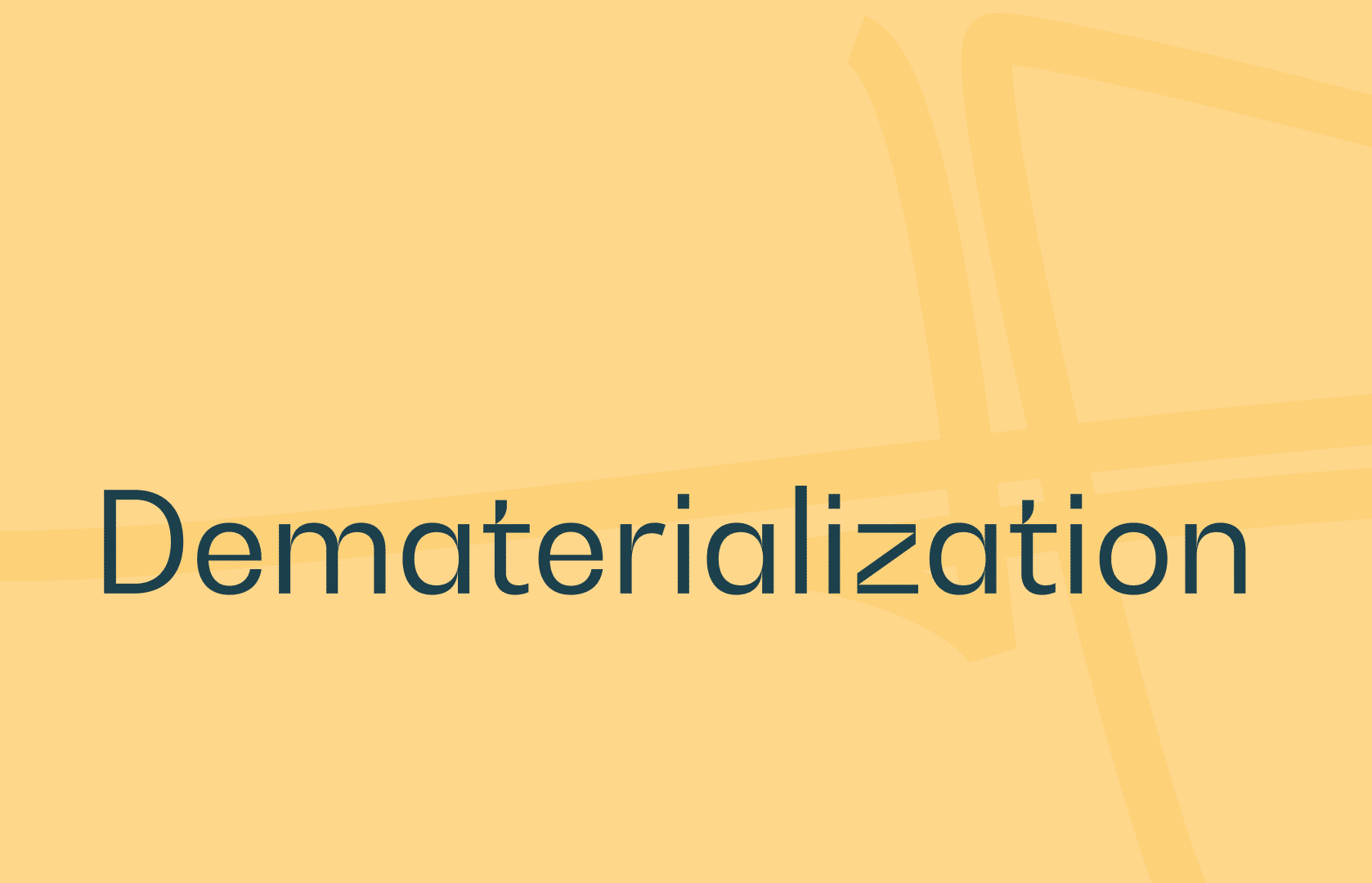The first step in deciding which teaching method to use is to identify its advantages. If you can make them explicit, it will be easier for the trainer to make a choice.
If the trainer comes up with an idea for a teaching method, before validating it, he or she can directly question the idea in terms of its various interests. In this way, the trainer can see whether or not these interests have been taken into account.
Every trainer has to choose his or her teaching method according to the message to be conveyed or the target group of learners.
The answer cannot be immediate, and will depend on the context, the characteristics of the audience, the type of message to be conveyed and the pedagogical objectives sought.
To do this, it’s important to be aware of the interests aroused by the different teaching methods, so as to make an informed choice.
What is a good teaching method?
A good teaching method must be adapted to the message to be conveyed and to the target learners. It must also meet the objectives set. There are a multitude of teaching methods, and it’s not always easy to find your way around.
However, depending on the message to be conveyed and the learners involved, some teaching methods are more appropriate than others.
So it’s important to be familiar with the different teaching methods. You need to know how to choose according to the message to be conveyed and the target learners. The aim of training is to help participants learn. So it’s important to ensure that the teaching method favors the acquisition of knowledge and skills.
In 2021, here are the most sought-after skills according to Degreed, the platform specialized in detecting new skills, in three broad categories:
- Technological skills,
- Social skills
- Cognitive ability
Computer skills are always in demand. However, three “soft skills” follow. Communication and leadership skills are in demand. A good teaching method helps to develop these key skills.
The main benefits of the teaching method
The interests raised include :
- Varying teaching methods keeps learners’ attention
- Using a teaching method adapted to the message to be conveyed and the learners targeted optimizes learning.
- The chosen teaching method must meet the set objectives
It is therefore vital to understand the different interests aroused by different teaching methods. This will enable the trainer to make an informed choice and adopt a teaching method suited to each situation.
Here are the interests that can vary according to the different pedagogical methods approached by learners. Each axis contributes to learners’ interests, which may change depending on the teaching method used during the training.
The different teaching methods
There are a multitude of teaching methods, and it’s not always easy to find your way around. However, depending on the message to be conveyed and the learners targeted, certain teaching methods will be more appropriate than others.
Facilitating a training session means using methods to make it a success. What’s more, when we talk about success, we’re also talking about the learner’s point of view.
So a self-analysis of your training practice is useful, particularly to check what works and what can be improved.
First of all, there is no single ideal teaching method, but several that can be used depending on the message to be conveyed and the learners targeted.
- The affirmative method
Allows participants to discover new content. This method is particularly suitable if the trainer wants to transmit new content or if he wants participants to familiarize themselves with a subject.
- The experiential method
The experiential method favors learning by doing. This method is particularly suitable if the trainer expects participants to put into practice what they have learned. This enables learners to integrate their theoretical and practical knowledge, and helps them to develop their skills.
- The didactic method
The didactic method focuses on the basic knowledge that learners possess, and seeks to improve and pass on this information. It also refers to the basis or starting point of a lesson plan, where the overall objective is knowledge. A trainer plays this role as an authoritative figure, but also as a guide and resource for learners.
- The active method
The active method goes against some of the assumptions of other teaching methods, as it considerably modifies the roles of trainers and learners. This method argues that knowledge is built through action.
It is through action that a learner engages in reflection on a given subject. Various procedures are used to acquire knowledge: case studies, simulations, role–playing or group projects. The trainer does not hold all the knowledge, but is merely a guide or mediator.
Organizing training sessions
Secondly, when organizing a training session, it’s important to clearly define your educational objectives and choose an appropriate teaching method. The aim of training is to help participants learn.
The trainer must therefore ensure that the teaching method favors the acquisition of knowledge and skills. Intuitively, a training session is an event that brings educational value to participants. Whether it’s professional team training or a general certification course, training sessions can include a variety of activities. These range from presentations, questionnaires and discussions to demonstrations.
Here’s an example of a questionnaire available from Edusign. The trainer can use these questionnaires to put into practice the teaching method chosen for the learners.
- The benefits
The benefits of on-the-job training are undeniable. Training sessions are perfect for boosting morale, refocusing your team and enhancing your employees’ professional development.
In turn, these forums help create a happier work environment and increase your colleagues‘ productivity.
Indeed, according to a Gallup study, employees who attended at least six hours of training per year were rated as extremely engaged in their work. On the other hand, employees who didn’t have access to the same professional development opportunities were rated as highly unengaged.
- Encouraging employee commitment
Engagement is important for a company, as it is linked to productivity and project success. According to Gallup’s study, highly engaged employees are 21% more productive than their less engaged colleagues.
Here are the 12 needs created by Gallup to foster employee engagement. If the answers to these questions are positive, employee engagement is successful. But some needs are growing, which is why it’s important to have specific teaching methods.
What’s more, highly engaged employees are also less likely to leave their jobs. In fact, according to a study conducted by LinkedIn, nearly 80% of workers have already left a job due to a lack of professional development opportunities.
So it’s important to ensure that your employees have access to training and professional development opportunities. Training sessions are a great way to keep your employees engaged and productive.
- Skills enhancement
As well as boosting engagement and productivity, training sessions can also help improve your employees‘ skills.
According to a study conducted by the Association for Talent Development, nearly 90% of talent development managers reported an improvement in skills after attending a training session.
Training sessions are therefore an excellent way of boosting employee engagement, productivity and skills development.
To maximize the impact of your training session, it’s important to clearly define the objectives of your session and choose the right pedagogical method.




